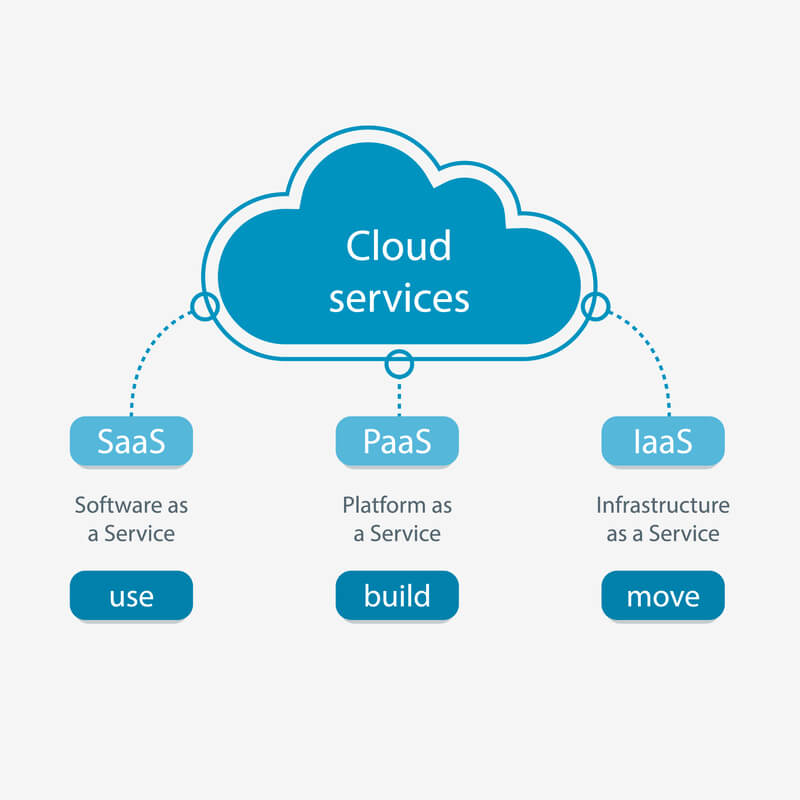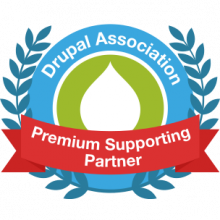Understanding managed services in the cloud
The global cloud managed services market is rapidly expanding in terms of both extent and adoption; it is anticipated that by 2027 its value will reach a massive US$129.26b. In this first post of our Managed Services blog series, let’s explore what cloud managed services is, the different cloud service models and what they include.
What is cloud managed services?
Cloud managed services is the practice of outsourcing cloud-based services management to a third-party managed services provider (MSP). This service provider assumes responsibility for designing, provisioning, and maintaining your business services in the cloud. From a client’s perspective, the MSP takes care of all the overheads relating to managing these external complex systems, allowing the business to focus on achieving business outcomes and value realisation.
Cloud service models
There are three main cloud service models that an MSP offers. As a business leader seeking to engage a provider, it’s important to differentiate between each model so that you fully appreciate which aspects of the IT burden you are offloading and which elements you still need to control.
A good analogy to understand these models is to liken their provision to how you build a desktop PC. Hardware is the base service, sitting at the bottom of the stack, and is known as Platform as a Service (PaaS). Installed on the hardware, is the operating system (Windows, Linux, etc.). This technical layer in the cloud is called Infrastructure as a Service (IaaS). Lastly, when your operating system is running, you can now install your applications, such as Open Office or Adobe Illustrator. This application layer is known as Software as a Service (SaaS).

PaaS
At the bottom of the cloud technology stack, MSPs offer PaaS provisioning, where you can purchase subscriptions to instances of applications. These are often controlled via remote consoles, or more commonly using deployment and management scripts using API calls.
PaaS solutions take away the requirement of having to make technology choices around the underlying operating systems, internal networks and storage capacity planning.
Good examples of this are Heroku (one of the original market players) and Acquia (providing Drupal PaaS). Both these providers offer you the flexibility to run customised versions of application platforms without having to be distracted by complicated low-level cloud infrastructure considerations.
PaaS typically functions as a code execution platform under a pay-as-you-go subscription model.
IaaS
IaaS adds the operating systems, virtual machines, network configurations and an array of middleware software needed to run a typical business IT infrastructure. Organisations can choose to manage both the PaaS layer and or IaaS layer themselves, or in some cases they will leave the PaaS management to the MSP and focus efforts on managing the IaaS elements.
IaaS is the most provisioned cloud services model, since it mimics the bulk of the work that IT teams would have once undertaken, without the overheads of running a datacentre. As with PaaS this is a subscription model, where many cloud service providers will offer a wide range of base options plus add-ons to create even the most complex enterprise infrastructure architecture.
It’s worth bearing in mind that when you provision services as IaaS, you are responsible for all aspects of the operating system and information security, while the PaaS elements (such as physical security) are handled by the provider. It’s always worth viewing the terms and conditions to see what the provider does in terms of security of the platform or IaaS instances, and more importantly to see what you are responsible for. The best advice for IaaS subscribers is to treat security as if it were an internal solution running on premises, since every aspect of the infrastructure and business software installed will be yours to harden, protect and monitor.
SaaS
At the top of the stack, SaaS offers on-demand software, where the client purchases access to business applications, but has no responsibility for running the platform or the infrastructure. Well known SaaS offerings are Salesforce.com for customer relationship management and Xero for accounting.
Importantly, security again remains your primary concern, as there may be features within the software that expose your data through sharing, publishing, or access management configurations, so you still need to ensure that you’ve planned and deployed the solution in the most secure way inside your organisation. However, the PaaS and IaaS elements are both managed by the MSP, so at least from that perspective your security team’s primary focus will be on information security and how that information is protected while outside of the cloud environment.
Why managed services makes sense
As an IT operating model, outsourcing your cloud management to a professional MSP can be a wise move; they have invested in the people, processes (such as pipeline creation and development) and infrastructure required to streamline and optimise cloud operations. You can literally leverage months and years of skills and knowledge that have been applied to honing the service as new innovations and products are introduced by the cloud platform providers (AWS, Azure etc.).
Establishing a competent cloud services practice within a business is costly and takes time to build. When you have limited experience, accessing proven resources to undertake services such as migration of critical business workloads into the cloud is enormously reassuring.
There are a number of risks associated with managing your own cloud environment, such as costly downtime, data loss and security issues. An experienced MSP has the requisite skills and experience to manage these risks, from a position of tried and tested experience. Not only that, they will be able to provide visibility of performance: metrics and reports showing the status and health of your applications.
Choosing a managed service provider
When it comes to choosing a managed service provider, you should look for a company that has well regarded experience of working in your industry. They should be able to provide you with case studies that explain the value that they have delivered to their clients.
Managed Services for learning management systems
Here at Catalyst, we provide managed services for a number of education and e-learning organisations: universities, colleges and Registered Training Organisations (RTOs). As a Premium Moodle Partner and Platinum Totara Learning Partner we deliver high availability, cost effective cloud services for learning management systems (LMS), as well as a number of other technology partners.
Trusted by organisations such as Monash University, CQU and Navitas, we have extensive knowledge and skills for providing cloud optimisation services for large multi-region clients.
Explore our client case studies
Find out more
Explore how we can take responsibility for the technical management of your applications, allowing you to focus on your primary business goals.












